Spiral Blade Selection Guide
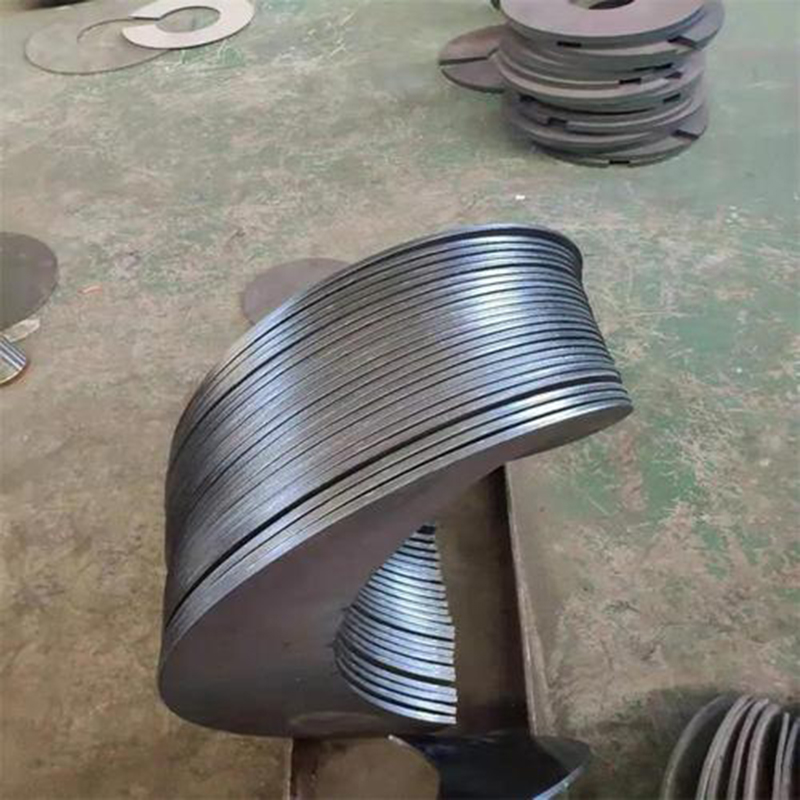
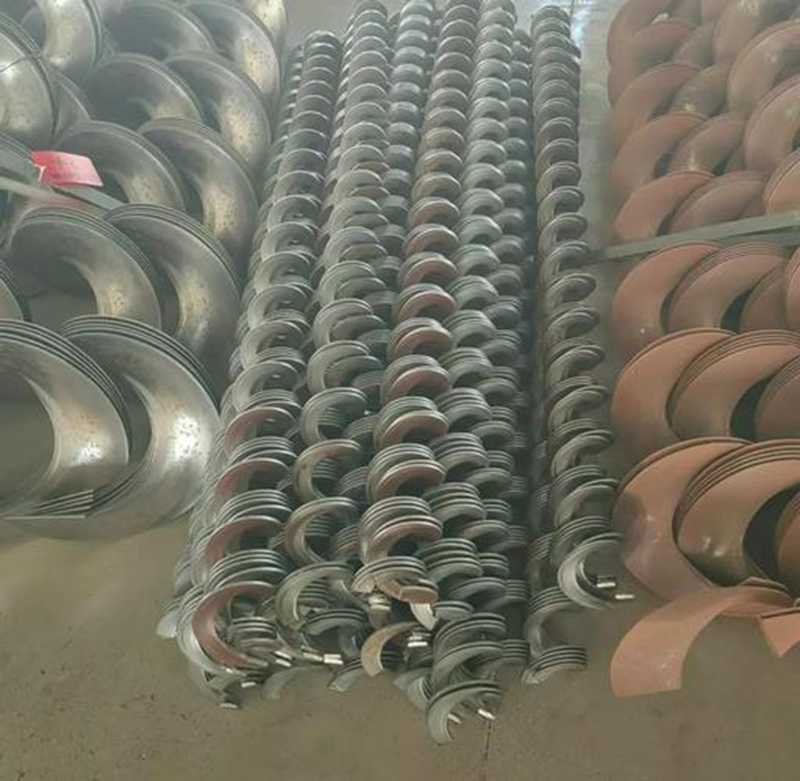
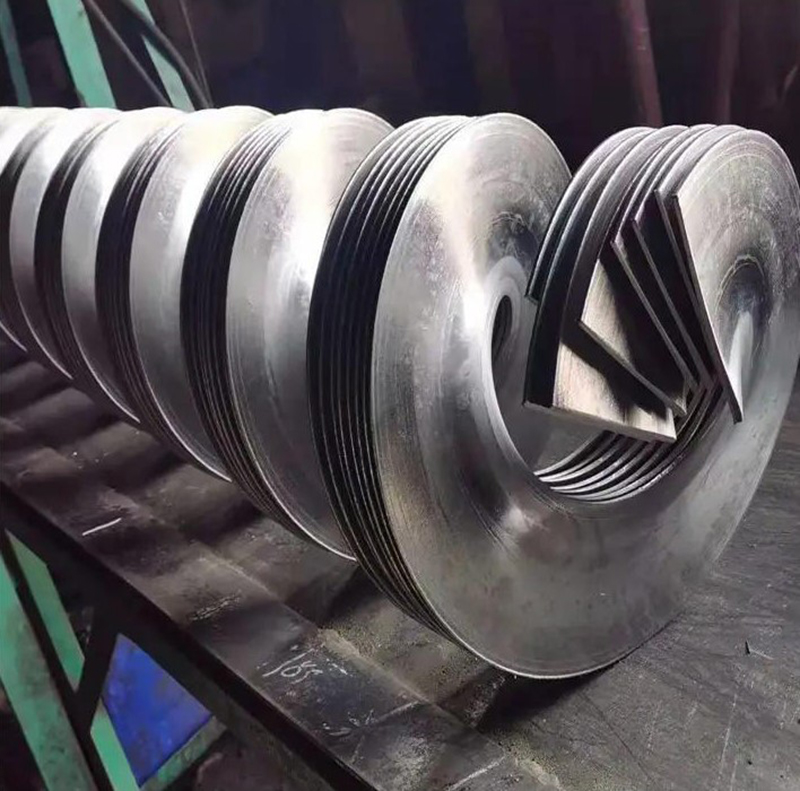
| Product name: | Spiral Blade Selection Guide |
| Keywords: | |
| Industry: | Metallurgy and minerals - Mining industry |
| Process: | - |
| Material: |
Processing manufacturer
- There are 49 manufacturers that provide similar products
- There are 174 manufacturers that provide this processing technology
- There are 86 manufacturers that provide this material processing service
- There are 192 manufacturers that provide this industry processing service
Product details
1. Define the Application Scenario
The application scenario of a spiral blade determines its design and material selection. Here are common scenarios and their requirements:
Material Conveying (e.g., Screw Conveyor): Used for conveying powder, granular, or lumpy materials (e.g., grain, coal, cement), requiring good wear resistance and uniform pitch.
Fluid Propulsion (e.g., Propeller): Used in ships or fluid equipment, requiring high precision and good dynamic balance performance.
Mixing and Blending (e.g., Chemical, Food): Requires corrosion resistance and surface smoothness to prevent material adhesion.
Agricultural Machinery (e.g., Harvester): Requires high strength, wear resistance, and adaptability to complex working conditions.
Key Selection Points:
Determine the working environment (e.g., temperature, humidity, corrosiveness).
Clarify the characteristics of the material or medium (e.g., particle size, viscosity, abrasiveness).
Determine the equipment type (e.g., continuous conveying or intermittent operation).
2. Determine Key Design Parameters
The design parameters of a spiral blade directly affect performance and need to be determined based on application requirements:
Outer Diameter and Inner Diameter:
The outer diameter affects conveying capacity or propulsion force and is usually matched to the equipment size.
The inner diameter needs to match the shaft diameter to ensure stable installation.
Pitch:
The pitch size affects conveying efficiency or thrust. Too large a pitch may lead to blockage, while too small a pitch results in low efficiency.
Common pitch range: 0.5-2 times the outer diameter, adjusted according to material or fluid characteristics.
Blade Thickness:
The thickness needs to balance strength and weight. Thin blades (2-6mm) are suitable for light loads, while thick blades (6-20mm) are suitable for heavy loads or high-wear environments.
Helix Angle:
The angle affects material flow or thrust efficiency and is usually optimized through computational fluid dynamics (CFD) or empirical formulas.
Continuity:
Continuous Spiral Blades: Suitable for long-distance conveying, with higher manufacturing costs.
Segmented Spiral Blades: Easy to install and maintain, suitable for non-standard or small-batch applications.
Key Selection Points:
Use CAD software for modeling and finite element analysis (FEA) to verify strength.
Refer to industry standards (e.g., conveyor CEMA standards) or equipment design specifications.
3. Material Selection
Material selection should be based on the working environment and budget:
Ordinary Carbon Steel (e.g., Q235, Q345):
Advantages: Low cost, good machinability.
Suitable for: Non-corrosive environments, such as dry material conveying.
Stainless Steel (e.g., 304, 316):
Advantages: Corrosion resistant, smooth surface, meets food-grade or chemical requirements.
Suitable for: Humid, acidic, or alkaline environments or food processing.
Wear-Resistant Steel (e.g., Hardox, NM400):
Advantages: High hardness, strong wear resistance.
Suitable for: High-wear scenarios such as ore and coal.
Alloy Steel or Composite Materials:
Advantages: Resistant to high temperatures or special chemical corrosion.
Suitable for: High-temperature furnaces, chemical reactors, etc.
Surface Treatment:
Spray wear-resistant coatings (e.g., ceramic, polyurethane) or galvanize to enhance durability.
Key Selection Points:
Select hardness based on material abrasiveness (e.g., wear-resistant steel with HRC>50).
Prioritize stainless steel or coated materials in corrosive environments.
Consider the impact of weight on equipment load; thin-walled, high-strength materials can reduce energy consumption.
4. Manufacturing Process Selection
The manufacturing process affects cost, accuracy, and production efficiency and should be selected based on needs:
Cold Rolling Forming:
Advantages: High precision, smooth surface, suitable for mass production.
Suitable for: Continuous thin-walled blades (e.g., thickness <6mm).
Limitations: Not suitable for thick-walled or complex shapes.
Hot Rolling/Molding:
Advantages: Suitable for thick-walled or large-diameter blades, adaptable to non-standard designs.
Suitable for: Heavy equipment or custom blades.
Limitations: Rough surface, requires subsequent processing.
Segmented Welding:
Advantages: High flexibility, easy to transport and assemble on-site.
Suitable for: Small-batch or non-standard blades.
Limitations: Lower weld strength, requires strict deformation control.
CNC Machining:
Advantages: High precision, suitable for complex shapes or small batches.
Suitable for: High-precision propellers or prototype development.
Limitations: High cost, low efficiency.
5. Performance and Quality Requirements
Ensure that the spiral blade meets performance and quality standards:
Dimensional Accuracy: Pitch, outer diameter, and inner diameter deviations controlled within ±1-2mm.
Surface Quality: No cracks, pores, roughness Ra 3.2-12.5μm.
Dynamic Balance: High-speed rotating equipment requires dynamic balance testing to reduce vibration.
Weld Quality: Segmented blades need to pass ultrasonic or X-ray inspection of welds.
Material Testing: Verify material performance through spectral analysis or hardness testing.
Key Selection Points:
Require suppliers to provide quality inspection reports (e.g., dimensions, materials, welds).
Dynamic balance and fatigue testing are required for high-speed or heavy-duty applications.
6. Cost and Budget Control
Material Cost: Carbon steel is the most economical, while stainless steel and wear-resistant steel are more expensive.
Manufacturing Cost: Cold rolling mass production has low cost, while CNC machining and 3D printing have high costs.
Maintenance Cost: Segmented blades are easy to replace, reducing maintenance costs.
Life Cycle Cost: Durable materials and high-quality processes can reduce long-term maintenance and replacement costs.
Key Selection Points:
Balance initial investment with long-term operating costs.
Segmented welding can be selected for small-batch or temporary projects to reduce costs.
Prioritize high-efficiency cold rolling processes for large projects.
Similar products
More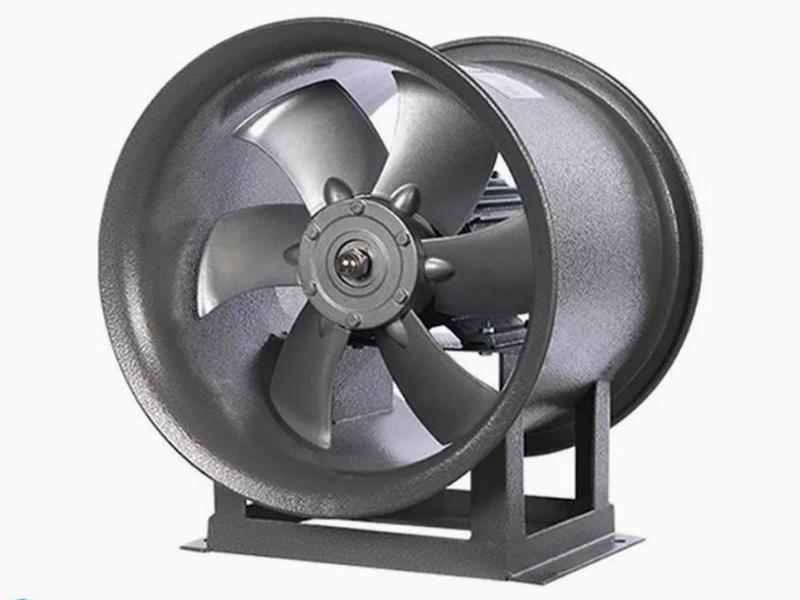
What are the machining processes used for processing axial fan housings
- Process : Sheet metal - Welding
- Material : Carbon steel
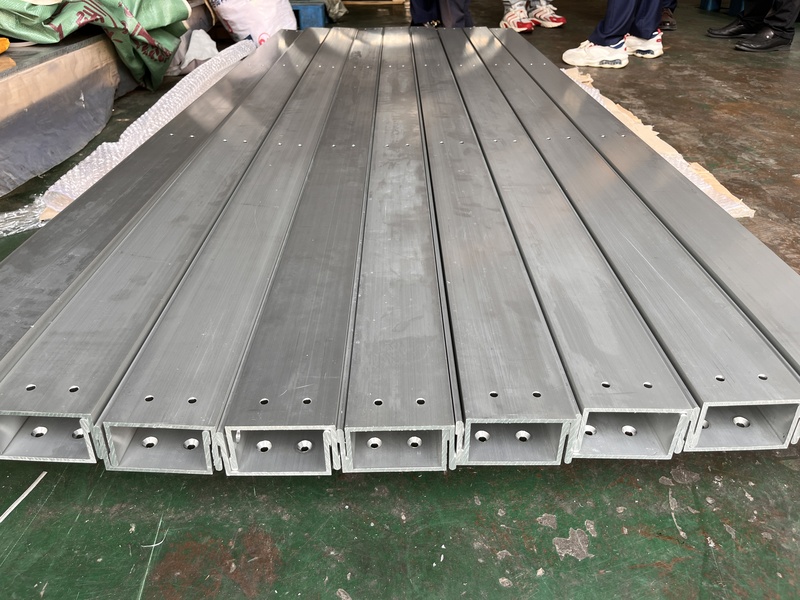
Precision Machining of U-Steel Profiles for Building Applications
- Process : Stamping - General stamping
- Material : Aluminum
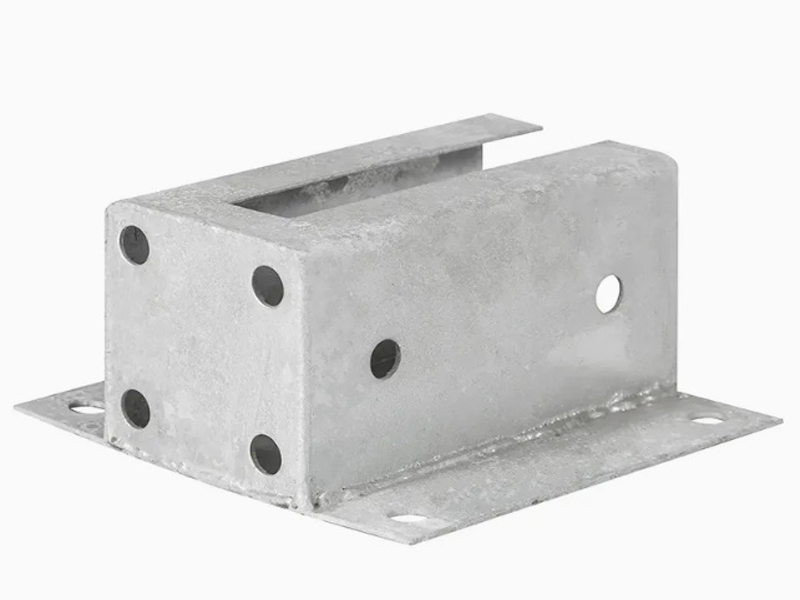
Machining Process Analysis of Carbon Steel Fixed Anchor Plates
- Process : Machining - CNC milling or milling machining
- Material : Carbon steel
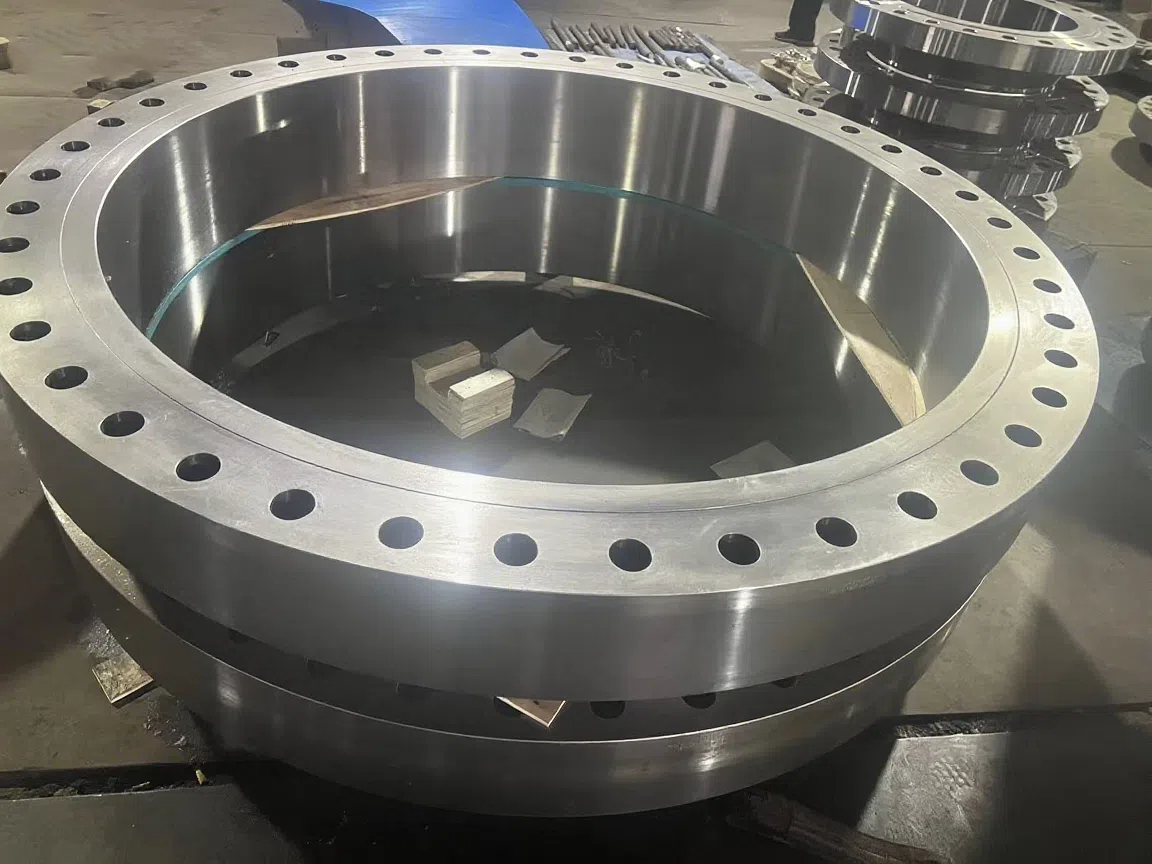
Heavy-Walled Flange Milling-Turning Machining and Flaw Detection
- Process : Machining - Turning Milling compound
- Material : Alloy steel
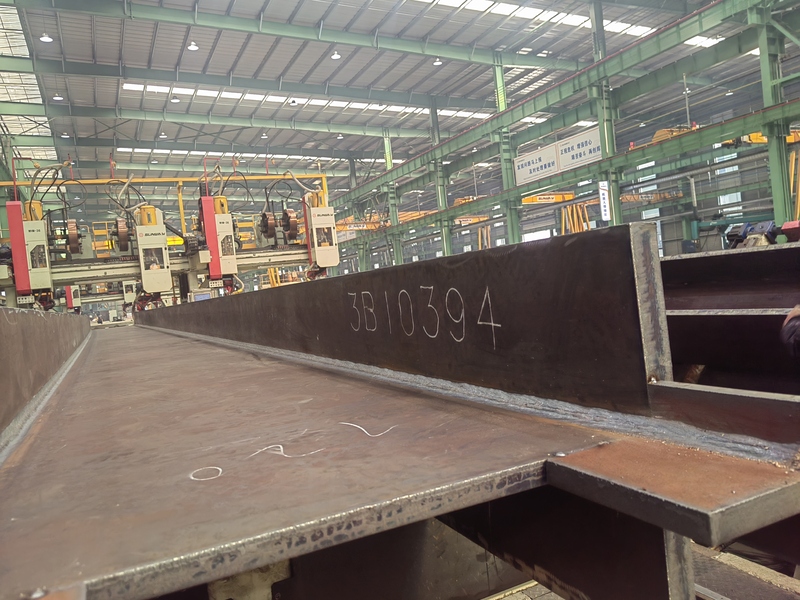
Custom Fabrication of S355JR Welded H-Beams for Construction Projects
- Process : Sheet metal - Welding
- Material : Carbon steel
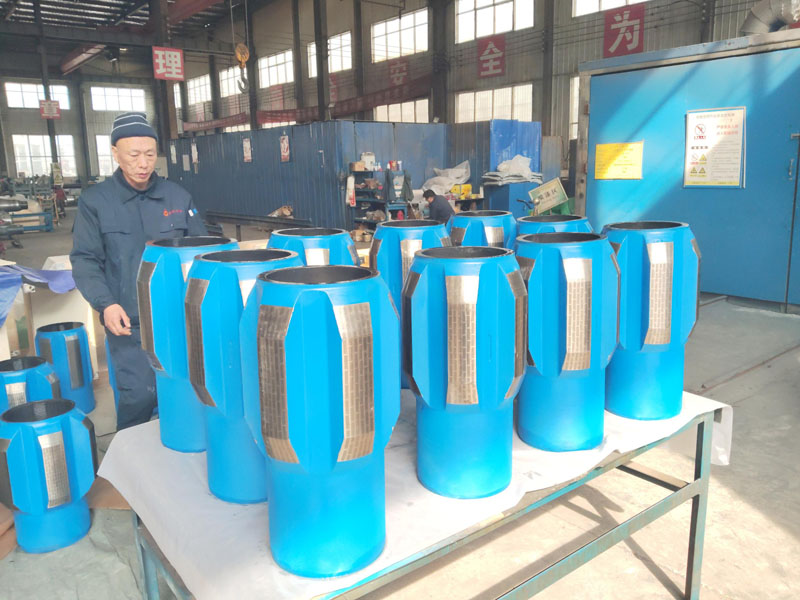
Drill Stabilizers Applied in Oil Drilling Platforms
- Process : Machining - Five-axis machining
- Material : Alloy steel
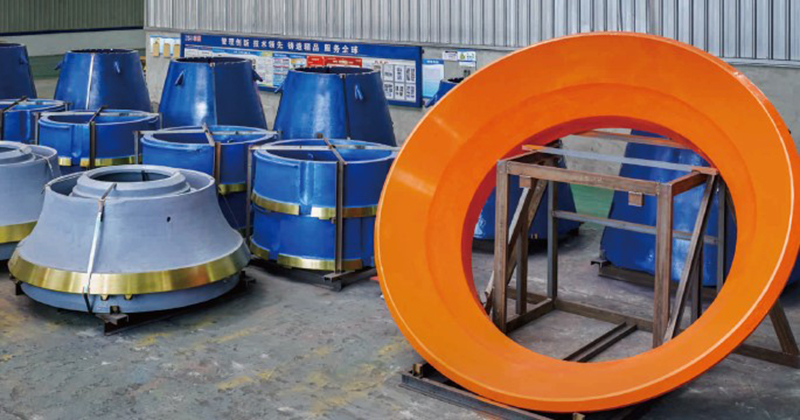
Cone Crusher Mantle
- Process : -
- Material :
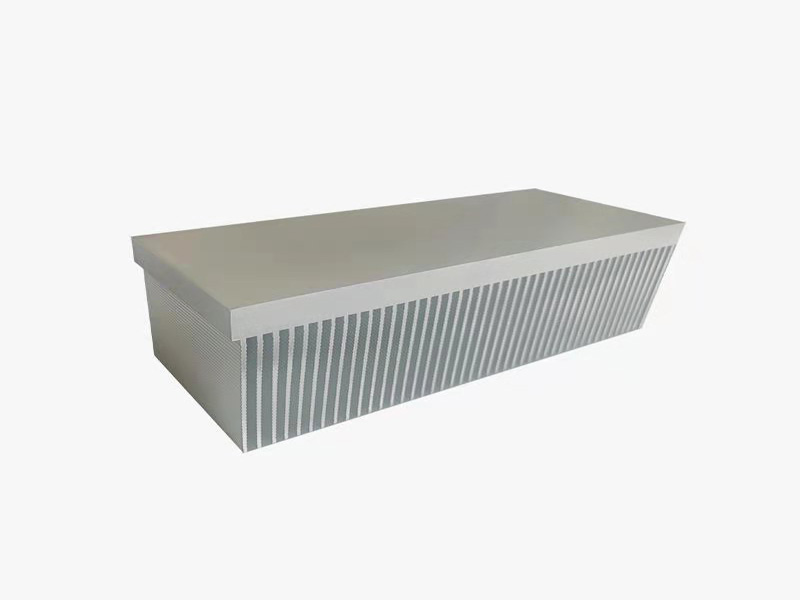
Innovative skiving technology: Breaking through the bottleneck of high-density heat dissipation technology
- Process : Surface treatment - Others
- Material : Alloy steel
More products
More
What are the machining processes used for processing axial fan housings
- Process : Sheet metal - Welding
- Material : Carbon steel

Precision Machining of U-Steel Profiles for Building Applications
- Process : Stamping - General stamping
- Material : Aluminum

Machining Process Analysis of Carbon Steel Fixed Anchor Plates
- Process : Machining - CNC milling or milling machining
- Material : Carbon steel

Heavy-Walled Flange Milling-Turning Machining and Flaw Detection
- Process : Machining - Turning Milling compound
- Material : Alloy steel

Custom Fabrication of S355JR Welded H-Beams for Construction Projects
- Process : Sheet metal - Welding
- Material : Carbon steel

Drill Stabilizers Applied in Oil Drilling Platforms
- Process : Machining - Five-axis machining
- Material : Alloy steel

Cone Crusher Mantle
- Process : -
- Material :

Innovative skiving technology: Breaking through the bottleneck of high-density heat dissipation technology
- Process : Surface treatment - Others
- Material : Alloy steel